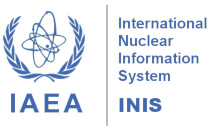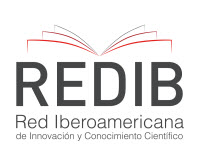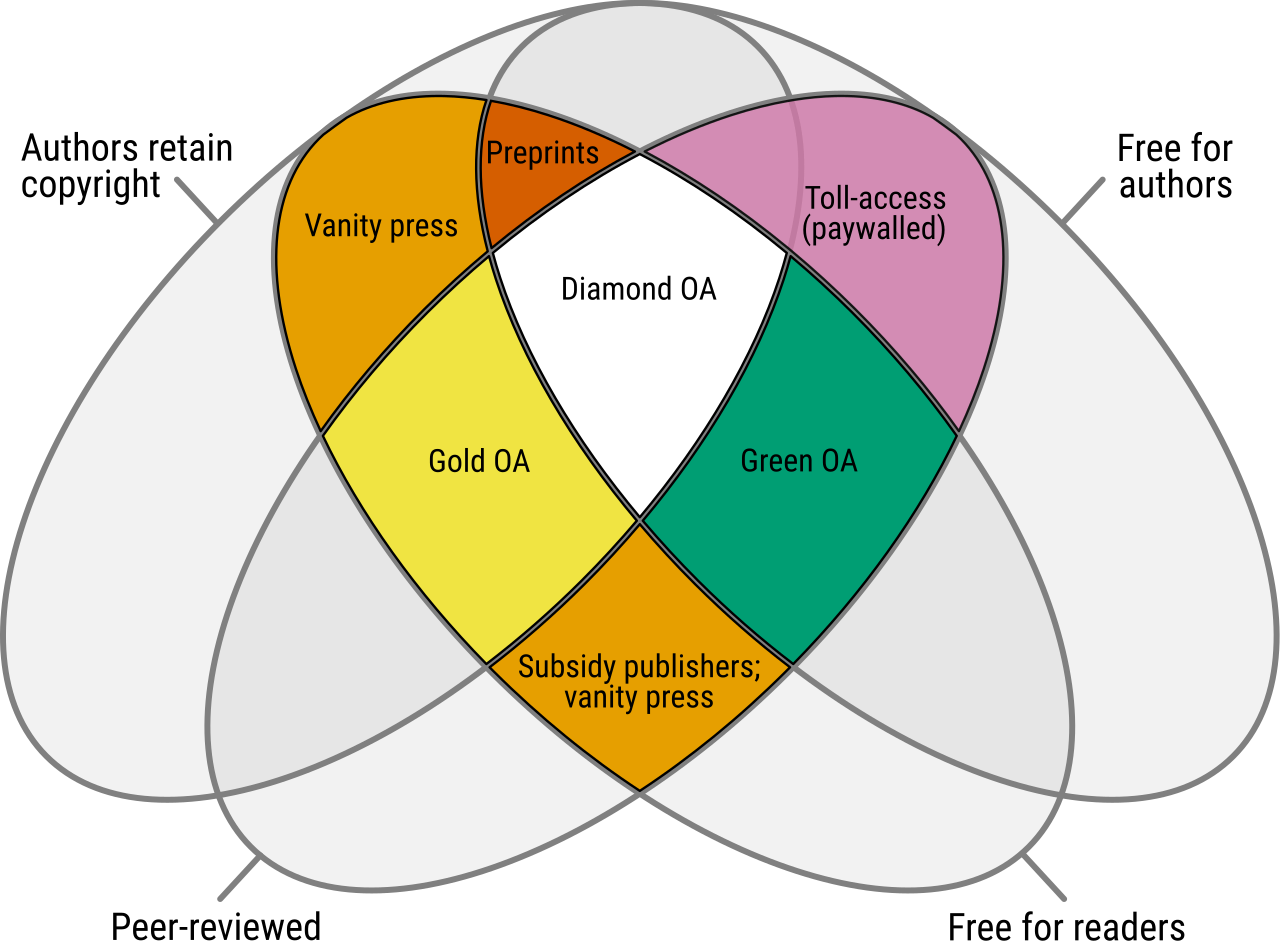New article published in 12(4A) - ENAN / INAC 2024
Non-destructive examination of a polychrome wooden sculpture from the 17th century
Abstract: This study investigates the conservation assessment of a polychrome sculpture from the 17th century depicting San Diego de Alcalá, whose origin and workshop remain unknown. Traditionally characterized by specific iconographic elements such as bread and keys, the examined statue deviates from these norms. Initiated by the Diocesan Mitre in Duque de Caxias, the assessment focused on the structural integrity and pigment composition of the sculpture. Using techniques of Computed Tomography (CT), Digital Radiography (DR), and X-ray Fluorescence (XRF), the sculpture underwent a comprehensive analysis. Portable equipment, such as the ICM CP120B X-ray tube and DXR 250U-W flat panel detector, facilitated both CT and DR scans. The CT scan was segmented due to detector size limitations, using an 80 kV, 1 mA X-ray tube to capture 360 images per segment. XRF analysis focused on 12 specific points, employing the Bruker Tracer III-SD with a rhodium X-ray tube and silicon detector, operating at 40 kV and 35 µA for 60 seconds per point. Imaging techniques revealed imperfections, restorations, and structural details, including high-density fillings and embedded nails in the sculpture. XRF analysis identified characteristic elements of historical pigments, along with indications of more recent restorations, possibly involving 20th-century pigments. These findings significantly enrich the understanding and conservation strategies of this religious artwork, providing valuable insights into its construction history and restoration. Read full article
Application of X-ray Microtomography in Dental Science
Abstract: This study delves into the application of X-ray microtomography (microCT) in dental sciences, displaying its ability to provide detailed and non-destructive three-dimensional images of dental structures. Two primary studies were conducted: the first study examined the formation of dentinal cracks after root canal instrumentation in lower molars using different mechanized systems and evaluated the presence of debris after instrumentation. The second study assessed the removability of bioceramic cement combined with gutta-percha in lower premolars and quantified the remaining material after re-instrumentation of the canals. The results demonstrated that microCT is an essential tool for identifying cracks with micrometric precision and quickly quantifying debris and remaining obturation materials, underscoring its effectiveness in dental diagnosis and research. The research highlights the potential of microCT to enhance clinical outcomes in dentistry, significantly contributing to the development of new treatment techniques and materials. It suggests that this technology will become increasingly accessible and widely adopted. Read full article






















